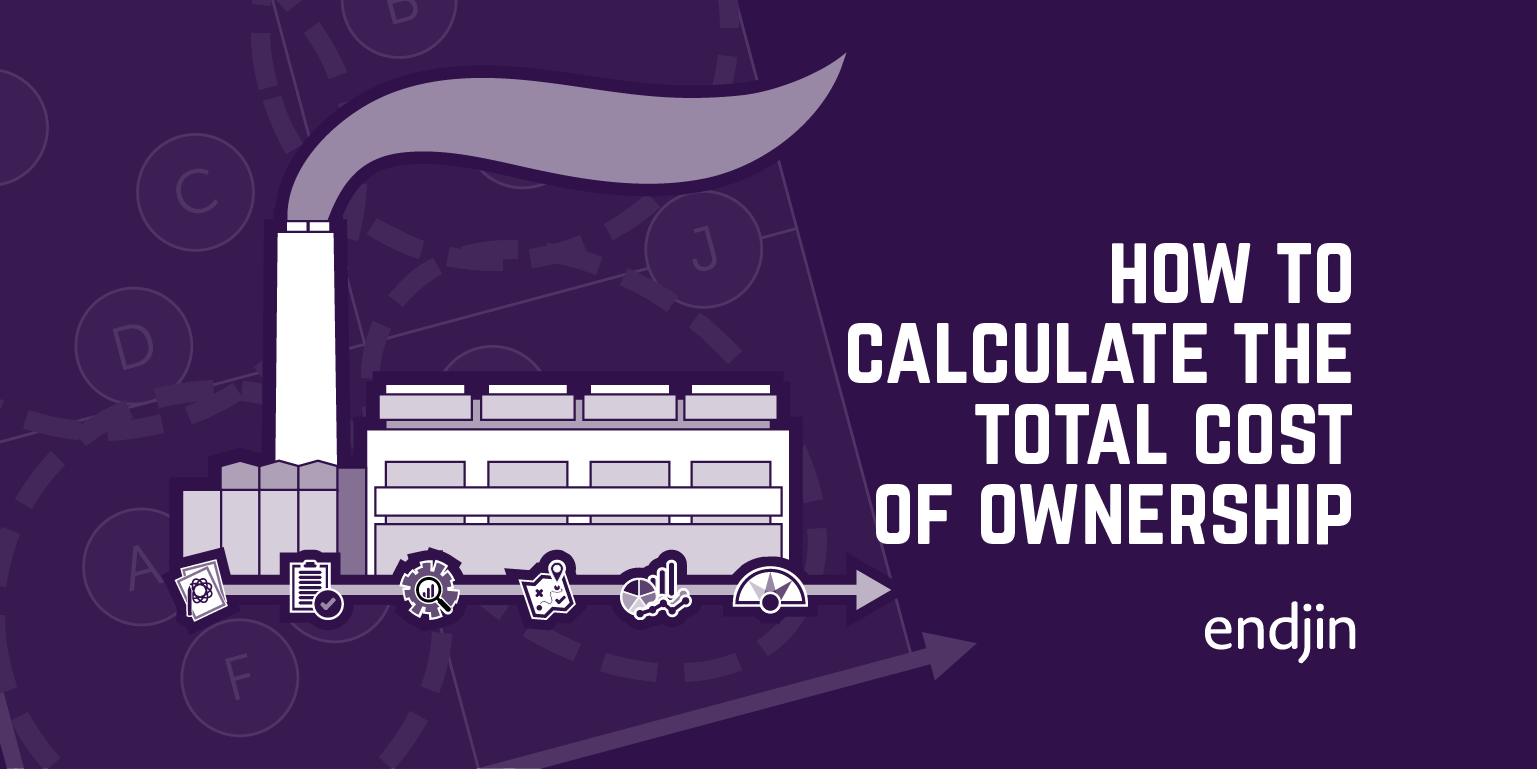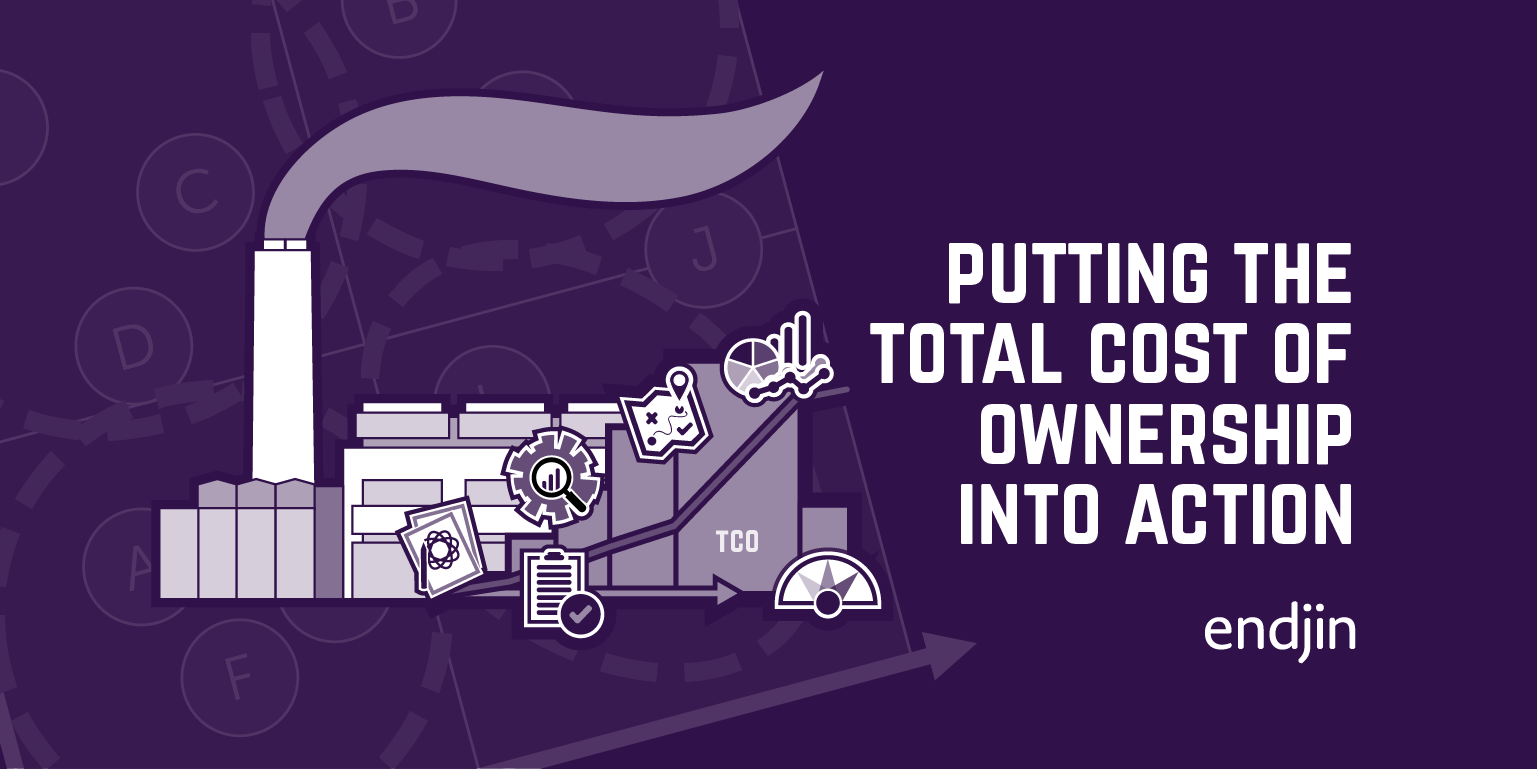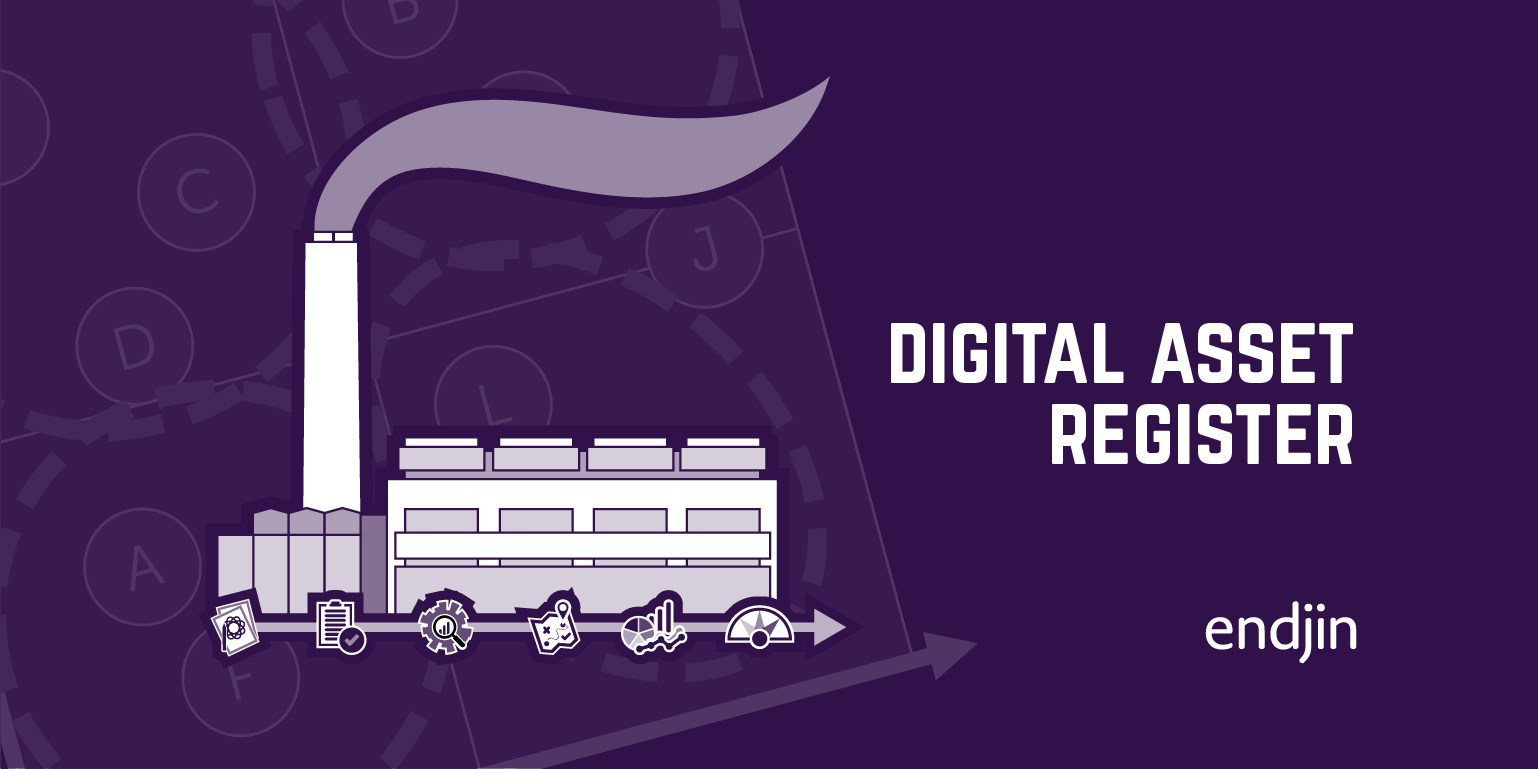What is the total cost of ownership (TCO) and why is it important?
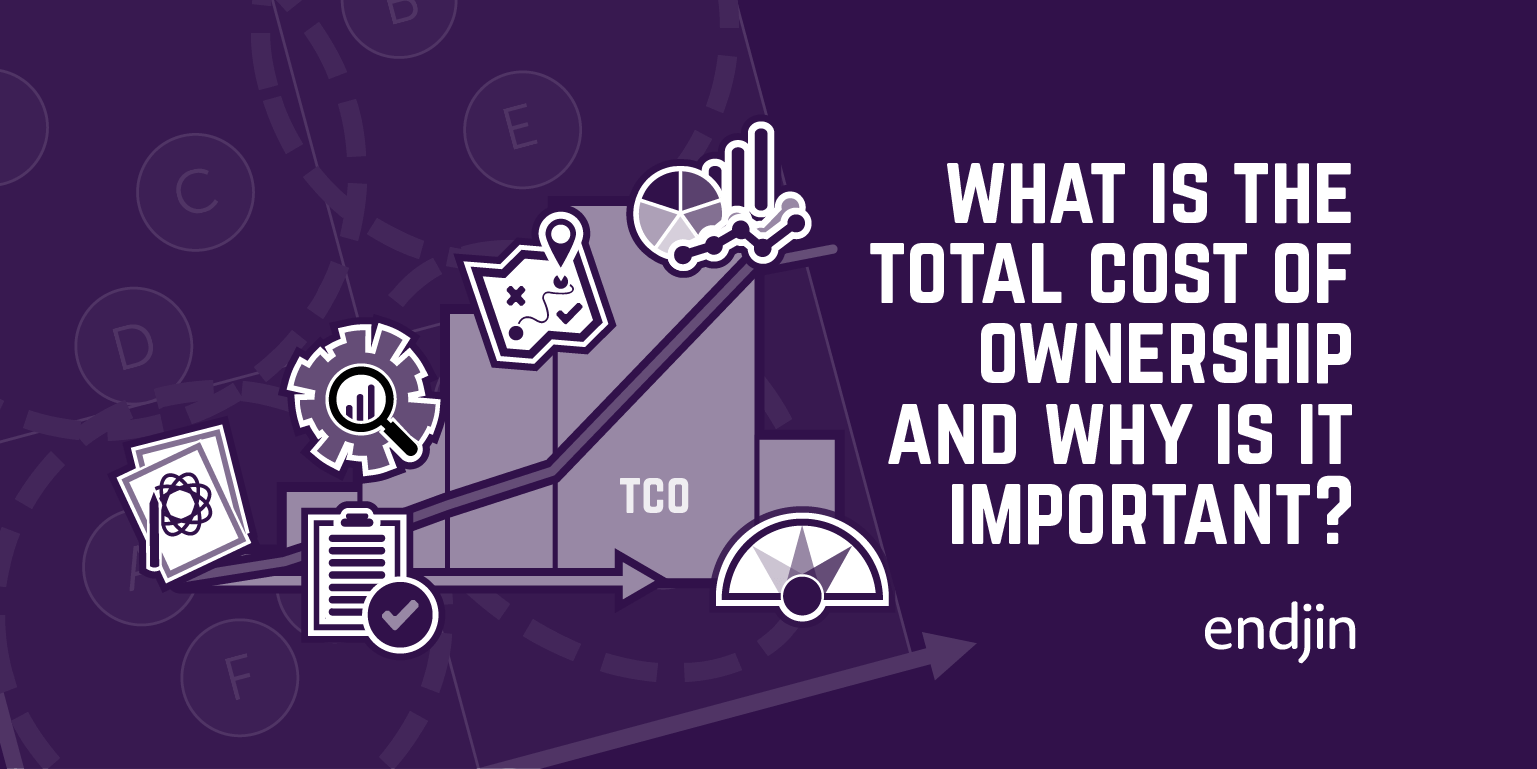
TLDR; technology is an expensive endeavour. Going into any technology investment with a complete understanding of the costs over its full lifetime is critical to validating the business case and securing the budget necessary to make it a success.
Many organisations enter into technology investments without a full appreciation of the true costs that will be required to make it a success.
By not reserving sufficient budget to sustain an asset over its lifetime, there are consequences:
- A cheaper solution may not deliver all of the features that the organisation needs, therefore diluting the value it can deliver and putting user adoption at risk
- Squeezing operating and maintenance budgets will result in shortcuts being taken that are likely to incur unnecessary expense in the future
- Exposure to risks such as unplanned outages that disrupt the organisation
- Ultimately, a loss of credibility for delivering "yet another IT project that didn't meet expectations"
What is the definition of TCO?
The Total Cost of Ownership (TCO) is the direct and indirect costs incurred by an asset over its full lifetime.

Even when organisations do consider TCO, there is a tendency to under-estimate it by a factor of between 5 and 10. For example, the initial implementation costs typically account for less than 20% of the TCO.
TCO spans the full lifetime
TCO should be calculated over the full lifetime of the asset, from its inception all the way through to it being retired. The average lifetime of a technology asset is typically 5 to 7 years. It will incur a wide spectrum of costs over this period that need to be factored into the TCO.
The following diagram illustrates how we think of the lifecycle of a digital asset. This encompasses:
- Innovation phases (idea, explore, validate) where the value being generated is "validated learning". Here the philosophy is very much "build, measure, learn". One of the objectives throughout this phase is to estimate the TCO (along with the lifetime value) and being prepared to "fail fast" or pivot accordingly.
- Implementation phases (grow, sustain, retire) where the value being generated should be sufficient to justify the TCO. In the majority of cases, the value generated is a financial benefit such as revenue or operational efficiency. However, in other cases the benefit may be risk mitigation or compliance with regulations.
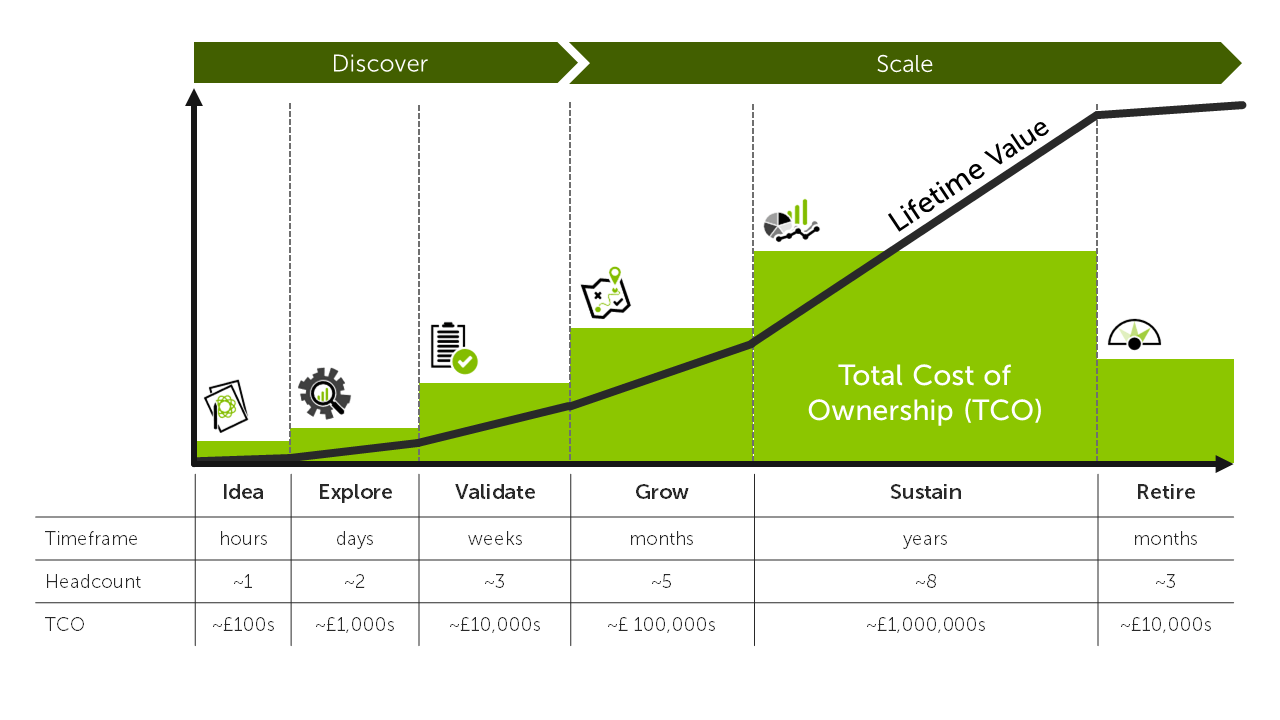
The diagram above also provides an indication of the quantum of time, cost and the number of people who will need to be involved at each stage in the lifecycle. It reinforces the fact that the decision to create a new digital asset is critical as it commits a significant amount of money and people for a long period of time.
TCO should include indirect costs
Another key aspect of TCO is that it should include indirect costs, these include the impact of the asset failing or being unavailable for periods of time. Whilst you will not be able to predict this 100% certainty, a cost should be included based on what you know about the system.
By including both direct and indirect costs in your TCO it allows you make a fair comparison between the options to be considered. One of these options may be the "status quo". For example, as an IT Director I used TCO to compare two options that were concerned with whether or not to make a major investment in core network infrastructure:
Option 1 - Status Quo - squeeze another year out of the 8 year old switch stacks that were serving the head office. However, there was a high likelihood of further disruption to the 150 staff who worked at this location. We had suffered two outages in the previous 12 months each bringing the entire office network down for 4 hours. The equipment was also no longer supported by the vendor, so we were not receiving security patches, thus putting the organisation's ISO-27001 accreditation at risk.
Option 2 - Modernise - replace the legacy switch stack with updated infrastructure. In doing so, we would provide enhanced security, improved resilience and get access to more responsive 3rd line support from the vendor. We would also equip my team with better tools to manage and monitor the network.
The options were captured within an Architectural Decision Record (ADR) document, which provides a standard template for setting out the context of the decision, listing the pros / cons (supported by the TCO calculations). The ADR provides useful evidence to "future you" (or your successor) by setting out what led to a specific decision being made. In this case, by putting the indirect costs associated with option 1 into the TCO calculation and surfacing this information in the ADR, we were able to make an informed decision, choosing option 2.
Where is TCO used?
TCO can be used to drive informed decisions in a number of situations:
Failing fast - by building a view of TCO early in the lifecycle of a digital asset (ideally during the "idea" phase) you can make a decision to persevere, pivot or pull or accordingly. We would recommend that unless the total lifetime value is at least 10X the TCO, you should not proceed any further.
Securing the right budget - TCO will ensure that technology budgets are set at the right level from the outset. Enabling you to sustain the digital assets in your technology portfolio.
Supporting robust architectural decisions - TCO can help to make assumptions more explicit, allowing you to capture these in documents such as ADRs, enabling you to weigh up options in a fair manner and ensuring that the reasons for choosing a particular architecture are captured.
Driving end of life decisions - by providing the evidence required to retire or replace an asset that is not generating a sufficient return on investment (RoI).
In the next blog, we delve into more detail about the spectrum of costs that should be included in a TCO calculation by drawing parallels between a digital asset and a physical asset such as a power station.

